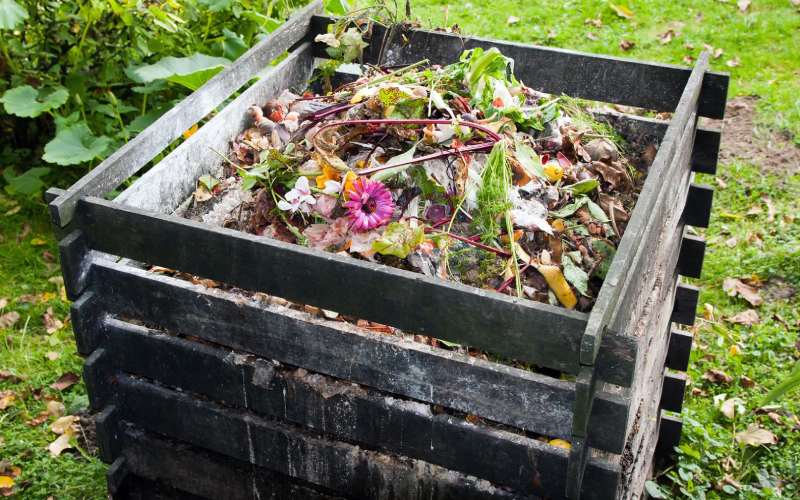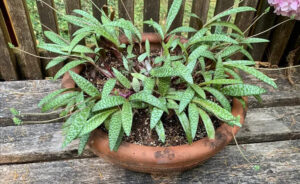
Maintaining soil health is essential for sustainable agriculture and bountiful harvests. One of the most effective ways to enrich soil and promote vigorous crop growth is by using organic manure, which provides a natural, nutrient-rich solution to soil fertility. Compost manure, in particular, stands out as a versatile and eco-friendly fertilizer. It is created through the natural decomposition of organic materials such as plant residues, animal wastes, and food scraps.
Over time, these materials break down through microbial activity, transforming into a dark, crumbly substance teeming with nutrients vital for healthy plant growth.
Compost manure can be made by following these steps:
- Make a pit or wooden create of 12-18 inches deep and 6.5 feet wide with any convenient length.
- Chop dry vegetative matter into pieces and put a layer of 12 inches in the pit.
- Add a 4-inch layer of either old compost, any kind of animal manure, or slurry in the pit.
- Add 4 inches of green materials. Maintain a ratio of 1:3 for greens and dry matter.
- Add kitchen wastes, e.g., leftover food, fruit, and vegetable peelings.
- Avoid wastes that attract pests, e.g., meat and dairy products. Sprinkle some topsoil taken from the top 4 inches of cropped land.
- Water the whole pile well.
- Repeat all these layers except for the 1st layer of twigs until the heap is 3.3 to 5 feet high.
- Cover the heap with 4 inches of topsoil to prevent the loss of nutrients.
- Water the heap twice a week. Turn the compost heap over every 3 weeks with a spade or fork and always cover it after turning. It will take about 6-8 weeks for the compost to mature.
This method is best in areas with higher rainfall. The pit method (where a pit of 4 feet wide and 24 inches deep is used) is best used when there is low rainfall or during dry spells. Preferably, choose a sheltered site for the compost pile.
By incorporating compost manure into your soil, you not only reduce reliance on chemical fertilizers but also improve soil structure, boost its water retention capabilities, and encourage the presence of beneficial microorganisms.
Whether you are a home gardener or a large-scale farmer, creating and applying compost manure offers a sustainable and efficient way to nurture your crops and contribute to a more environmentally conscious agricultural practice.
RELATED: How to Make Your Own Potting Soil







